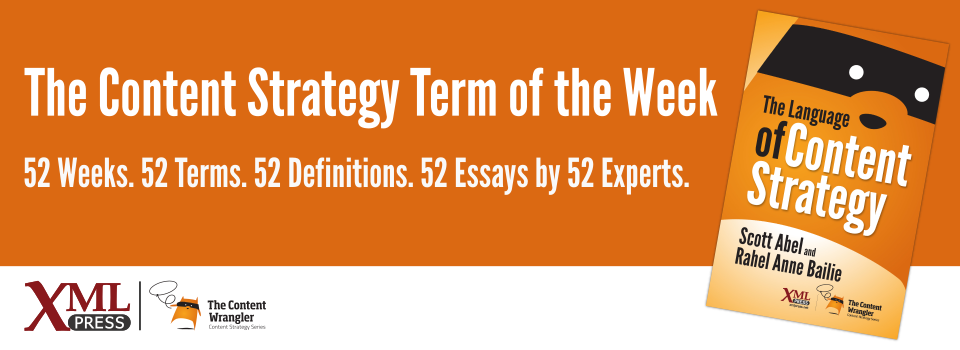What is it?
Extensible Markup Language (XML) is an open standard for structured information storage and exchange.
Why is it important?
Encodes content and content structure, which in turn allows for machine-driven filtering and formatting of information. XML also serves as an interchange layer among otherwise incompatible systems.
Why does a content strategist need to know this?
With XML, you capture not just text but information about the text and relationships among the various text components. A foundation of rich, intelligent content opens up sophisticated content manipulation possibilities, such as personalization of information based on reader demographics or automatically linking product references to corresponding 3D images.
XML files do not usually include formatting information. Instead, the formatting is applied dynamically or in a rendering phase. Deferring formatting until after the authoring phase allows for the following possibilities:
-
You can add new outputs, or modify existing outputs, without affecting the source content files. This is in contrast to word processors and desktop publishing tools, in which a formatting change requires manipulation of each content file.
-
The introduction of an independent formatting layer makes it much easier to manage content in multiple languages. The translation effort can focus on linguistics instead of having to disentangle formatting as part of the translation.
-
Authors no longer need expertise in formatting or desktop publishing, only in the subject matter.
XML is an open, nonproprietary standard. Using XML reduces the risk that an organization will be locked in to a particular vendor solution or publishing workflow when the organization’s requirements change. XML is widely supported in software, not just by software of interest to content strategists.


